Famous Places to Visit Before They Disappear
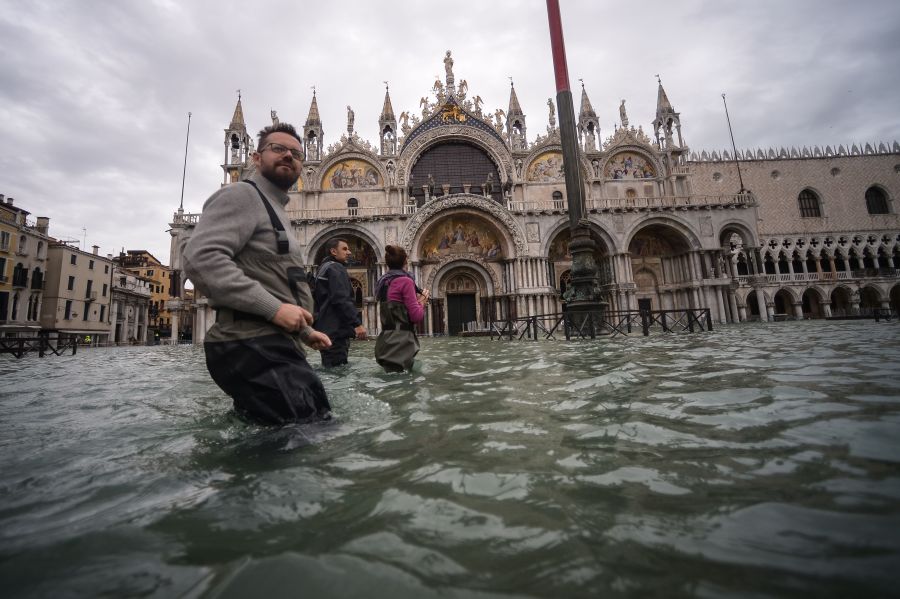
It’s time to dig out your bucket list and take a hard look because the world might have to say goodbye to some of its most iconic places soon. Scientists predict that some of the world’s most famous landmarks, including Brazil’s Amazon Rainforest and Venice, Italy, will disappear much sooner than you think..
Many threats play a part in the upcoming demise of these key spots, including human intrusion and rising temperatures. Are any of your bucket list locations on the list? Be sure you know which famous places to visit before they disappear for good.
Islands of Seychelles
Ever since Kate Middleton and Prince William picked the Seychelles Islands for their royal honeymoon, the islands became hot destinations. However, there’s bad news for honeymooners and paradise-seekers: The Seychelles Islands are sinking. Researchers believe they will eventually completely disappear.
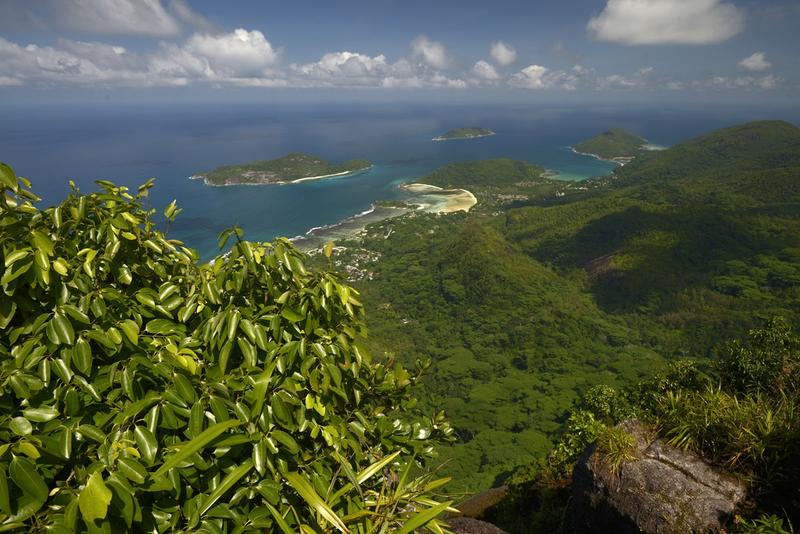
Located in the Indian Ocean, the Seychelles Islands could submerge in the next 50 to 100 years due to changes in temperature. The surrounding coral prevents beach erosion, but when water temperatures started to rise near the islands, the coral began dying. Soon, the islands may be gone forever.
Madagascar’s Forests
The world’s second-largest island country, Madagascar, is a dreamland for nature and outdoor lovers. It’s known for its unique animal and plant kingdom, such as the “Avenue of the Baobabs.” In fact, you can’t find 80% of Madagascar’s plant life anywhere else on the planet.
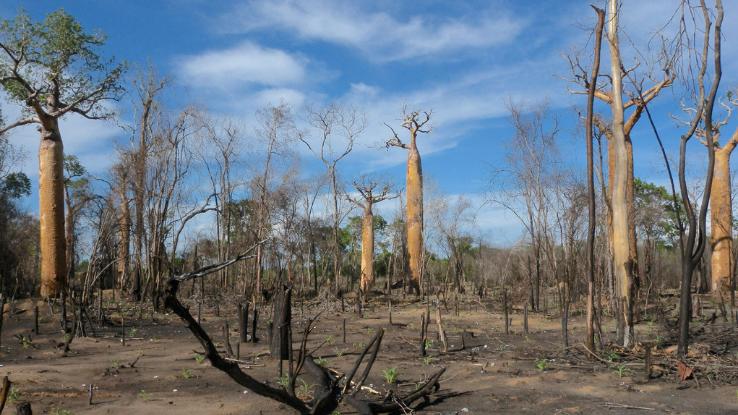
Unfortunately, the country’s forests may be gone in the next 35 years due to deforestation and fires. More than 90% of Madagascar’s forests have been lost to slash-and-burn agriculture techniques, which has also put 23 lemur species on the endangered list.
Glaciers in Montana’s Glacier National Park
Massive glaciers from the last Ice Age carved the gorgeous mountains of Glacier National Park in Montana, but these glaciers won’t last forever. The park logged 150 glaciers in 1850, but the number has melted down to only 25 in 2019. Eek!
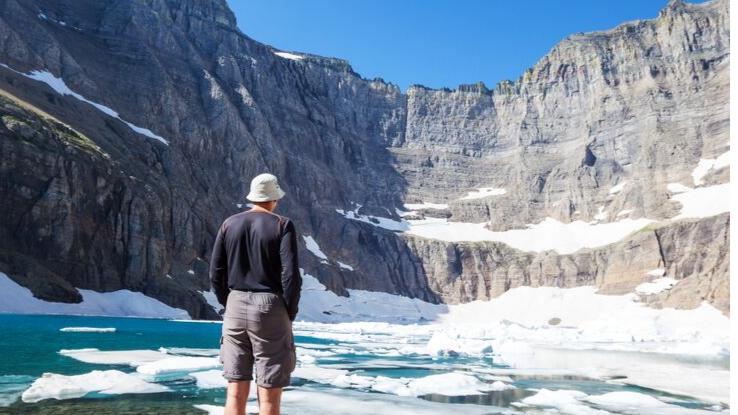
If current climate trends continue, all the glaciers may disappear by 2030. This is a big problem for the plants and animals that rely on living in a cold habitat. The loss of glaciers also decreases stream flows, leading to a higher risk of forest fires.
Venice, Italy
Romantic gondola rides on the canals of Venice, Italy, won’t exist much longer because the city is sinking. Each year, Venice subsides almost 0.08 inches into the depths. The Italian city has been sinking for centuries, so this information is nothing new.
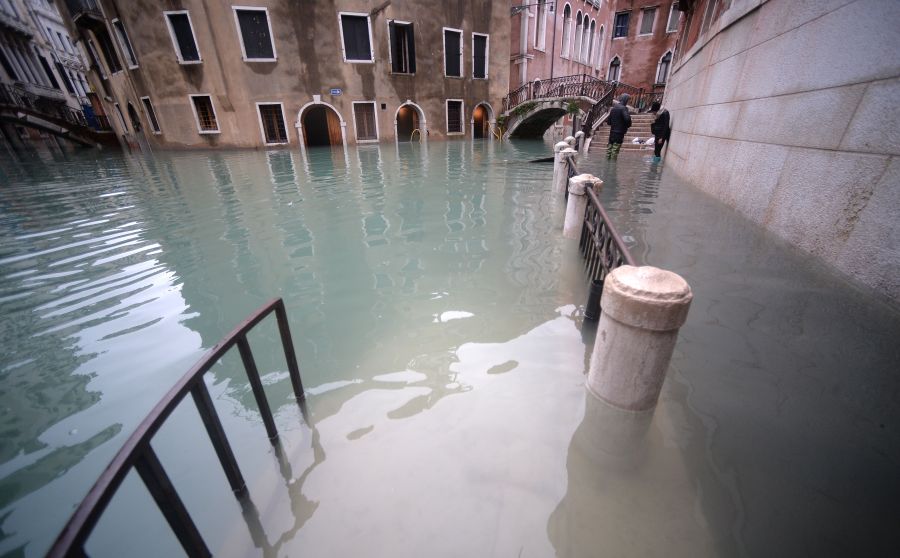
However, Venice faces another threat in recent years: flooding. Frequent, severe floods have damaged historical monuments and churches and are playing a huge part in Venice’s disappearance. In fact, the city is currently suffering from record-breaking floods that have locals and tourists walking in water up to their knees. As of November 12th, the historic floods have reached 6 feet, 2 inches above sea level. The future doesn’t look good for the city. Scientists warn that Venice will be underwater by 2100.
Africa’s Congo Basin
More than 10,000 plant species, 1,000 bird species and 400 mammal species call the Congo Basin home. Found in Central Africa, the Congo Basin is one of the most biodiverse places in the world and the second-largest rainforest on the planet.
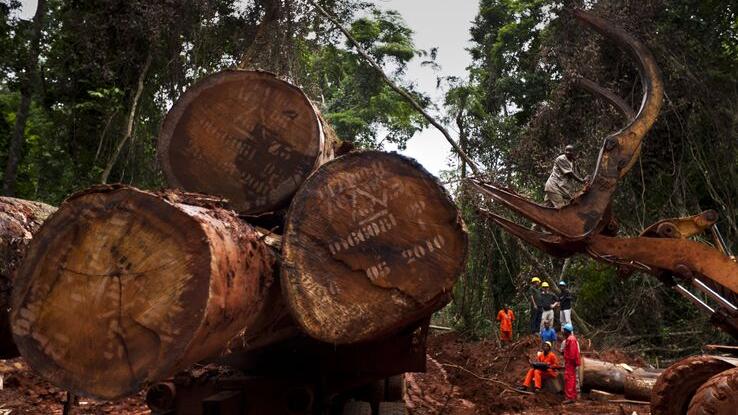
However, the Congo Basin won’t exist for much longer. Deforestation due to small-holder cultivation and illegal logging has destroyed plants and wildlife. The United Nations estimates two-thirds of the rainforest will vanish as soon as 2040. By 2100, the entire Congo Basin rainforest could disappear.
The Dead Sea
Bordering Jordan and Israel, the Dead Sea attracts tourists for its unique swimming. It’s 10 times saltier than the ocean, making the Dead Sea one of the saltiest bodies of water in the world. That high salt density allows people to float effortlessly.
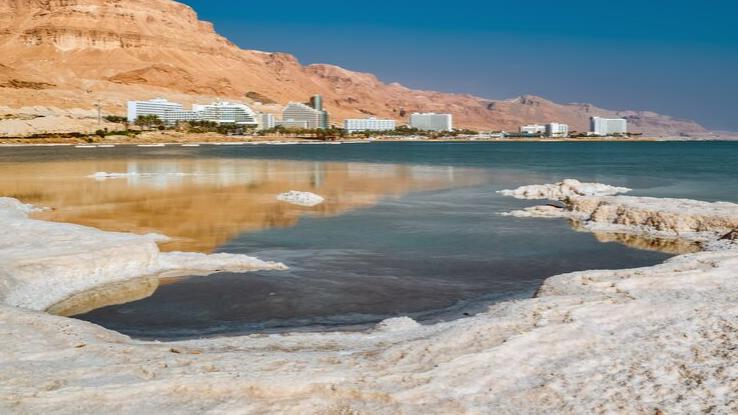
The Jordan River gave the Dead Sea life, but the river was rerouted for agriculture and drinking water purposes. Consequently, the sea is drying up. It also doesn’t help that the water evaporates faster than it refills. In the past 40 years, the Dead Sea has dropped 80 feet, and the water may disappear completely in 50 years.
The Taj Mahal
In the 17th century, Mughal ruler Shah Jahan built a palace as a tomb to bury his beloved wife. This palace became known as the world-famous Taj Mahal, which includes a mosque, a guest house and gardens. However, the Indian landmark is suffering from some serious threats.
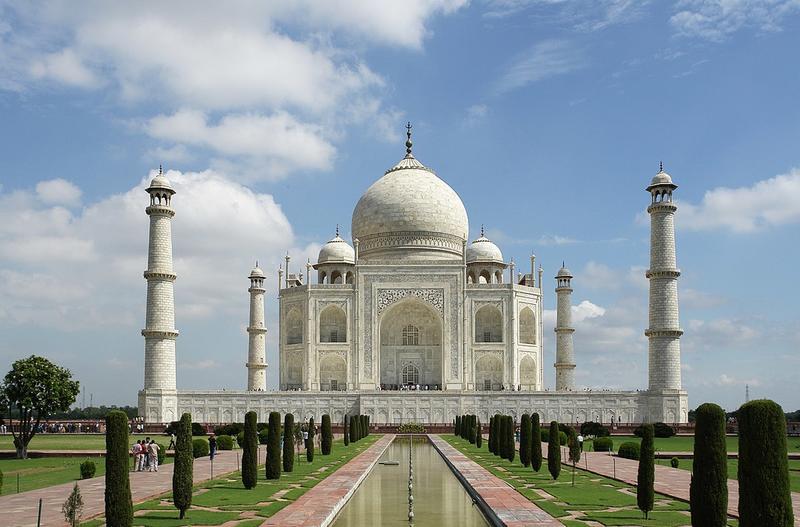
Erosion and environmental pollution constantly damage the Taj Mahal. The pollution (specifically acid rain) turned the landmark yellow. In 2010, the tomb began cracking, and the minarets started tilting because of rotting wooden bases. Researchers predict the monument will soon collapse.
Australia’s Great Barrier Reef
The Great Barrier Reef in Australia is dying. The natural wonder is known for its colorful corals, but much of the reef has turned white and lifeless in recent years. In fact, the ARC Centre of Excellence for Coral Reef Studies discovered almost 93% of the site is dying from mass coral bleaching.
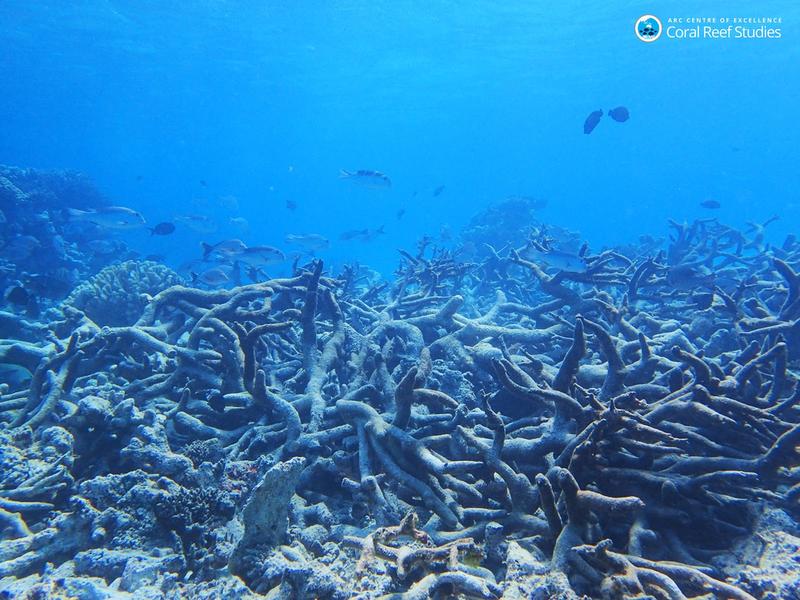
The sad truth: Scientists believe the Great Barrier Reef may disappear by 2030. Since 1985, more than 50% of the site’s coral has been lost due to rising temperatures and acid pollution. Will the Great Barrier Reef ever recover?
Egypt’s Pyramids and Great Sphinx
The iconic Egyptian pyramids attract about 35 million visitors each year. Some of the pyramids date back to around 2667 to 2648 B.C.E. After standing for thousands of years, the Egyptian wonders are growing weaker. Observers predict the pyramids, monuments and tombs will eventually collapse.
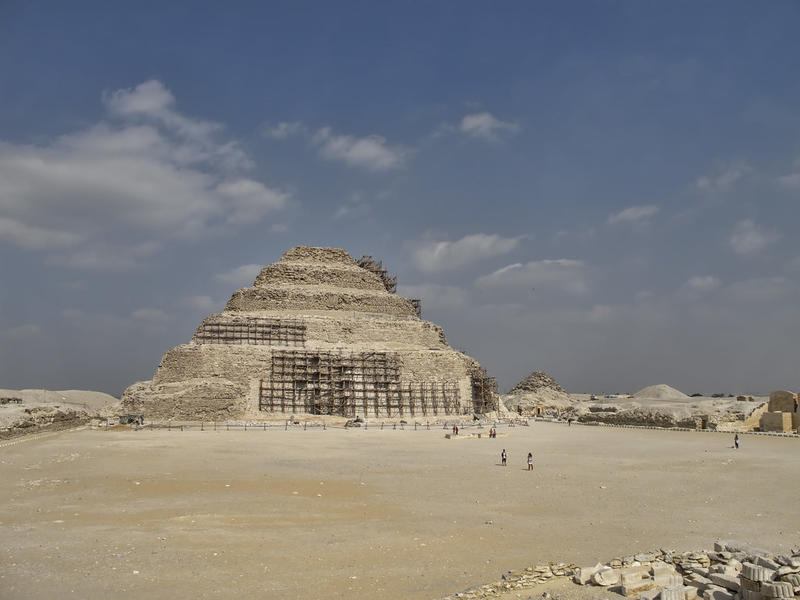
Erosion caused by modern-day pollution threatens Egypt’s pyramids and the Great Sphinx. Everyday, sewage destroys the plates the complexes stand on. Tourism is also making the problem worse because some visitors climb and walk on the structures — some even steal parts of the pyramids.
Brazil’s Amazon Rainforest
Brazil’s Amazon Rainforest experienced a record-breaking number of fires in August 2019, engulfing nearby cities in smoke and blackening the sky. But the world’s largest rainforest has faced serious problems before. In the first eight months of 2019 alone, the Amazon suffered from more than 70,000 fires.
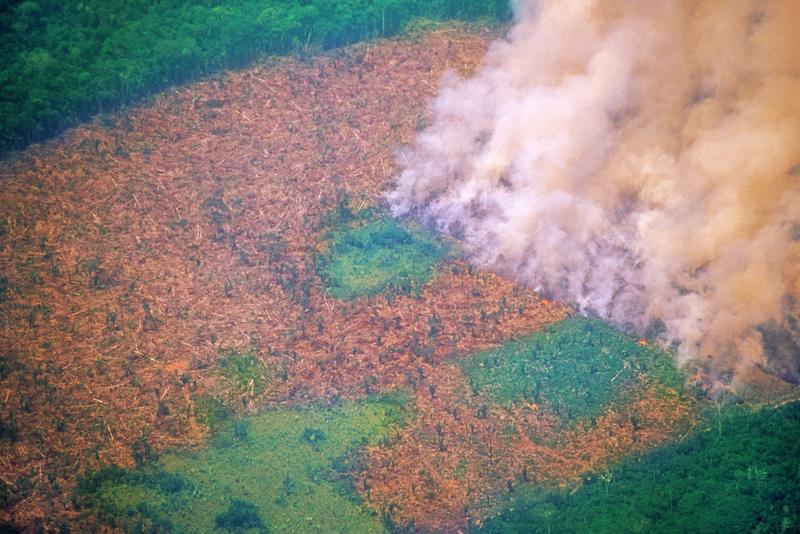
The Amazon rarely catches fire on its own, so what — or who — is the culprit? Humans. Mass deforestation has destroyed a giant chunk of the rainforest, which is home to the most diverse species on Earth. Frogs, turtles, snakes and lizards are dying in the Amazon, while trees, grasses, shrubs and soil are disappearing.
Great Wall of China
Stretching 13,171 miles, the Great Wall of China is one of the world’s largest man-made structures. It took the power of 300,000 soldiers and 500,000 common folks to construct the wall. The iconic structure was used to protect Chinese empires and transport goods.
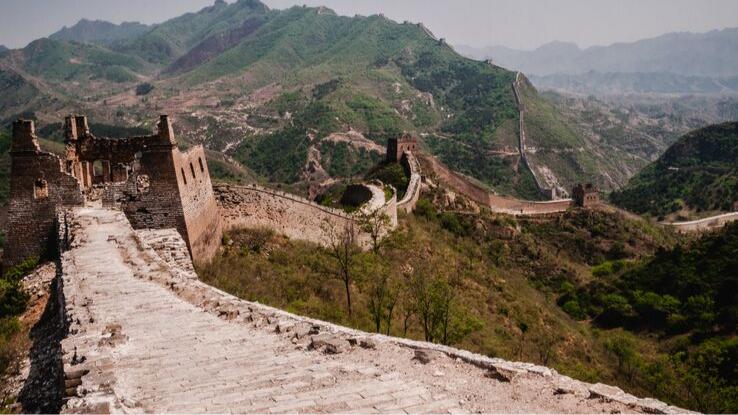
The Great Wall of China has stood for more than 2,300 years, but the world’s favorite landmark is in trouble. Within 20 years, the Great Wall could crumble. Two-thirds of the wall is already damaged or destroyed due to over-farming, erosion and brick theft.
The Grand Canyon
The Grand Canyon is one of the top tourist attractions in the U.S. It’s also one of the most endangered historic places in the country, according to the National Trust for Historic Preservation. More development projects are putting the canyon’s future in danger.
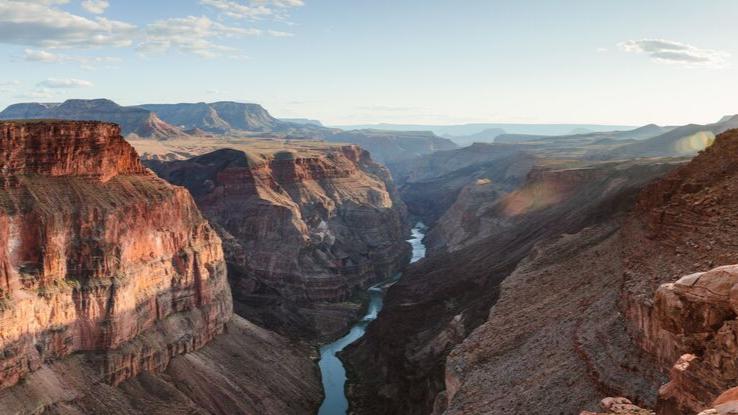
Projects range from uranium mines and tourist resorts to tramways, which could destroy many parts of the Grand Canyon. Even the Colorado River isn’t safe from future development plans. At one point, the government wanted to turn the river into reservoirs for jet-skiing and boating activities.
The Maldives
Looking for a tropical vacation? Start booking tickets to the Maldives because the destination is sinking. Located in the Indian Ocean, the Maldives are a hot spot for diving and snorkeling in turquoise clear waters. Seaplane tours are popular too.
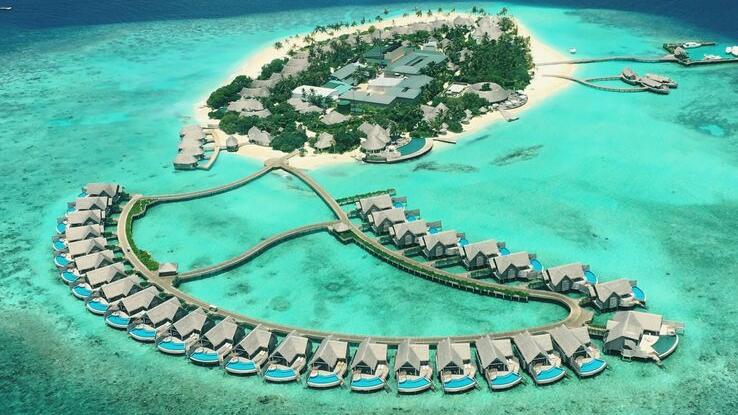
The thousands of small islands and atolls that make up the Maldives won’t be there forever, however. Coral bleaching and rising sea levels are sending the country to its doom. In 100 years, scientists predict the island nation will be completely underwater.
The City of Petra (The Rose City)
The ancient city of Petra is a jaw-dropping archaeological site that was built as early as the 5th century B.C. Carved into pink sandstone cliffs, Petra gained its nickname, “The Rose City.” Tourists venture to Jordan’s southwestern desert to explore the city and its temples and tombs.
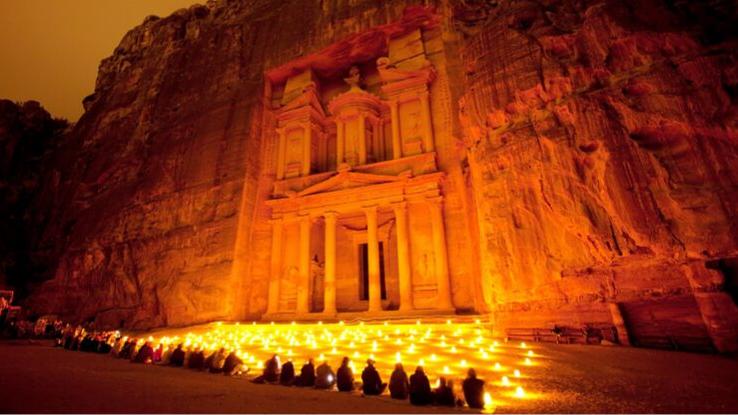
However, tourists have been an issue for Petra for the past 100 years. All the constant touching of the walls is causing Petra to erode away. The city’s sandstone walls are fragile, so it’s suggested to keep your hands to yourself when visiting. Unfortunately, wind and rain also threaten the ancient city.
Belize Barrier Reef
Belize Barrier Reef is the second-largest reef system in the world. Its beautiful waters are perfect for sea kayaking and snorkeling. In 2009, the UNESCO World Heritage Centre added the Belize Barrier Reef to its endangered list, but nine years later, the reef beat the list.
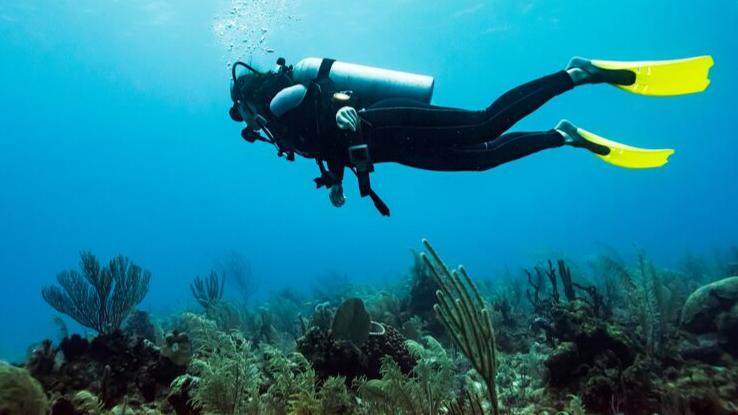
Belize’s fishing restrictions and ban on offshore drilling in its waters helped with the reef’s removal from the list. Woo hoo! However, the Belize Barrier Reef is still in hot water. Some researchers are surprised by its removal because the reef is damaged beyond repair. Cruise ship tourism, development and coral bleaching continue to weaken the site.
Patagonia of Chile
It’s already bad when one giant iceberg breaks off a glacier, so when two icebergs separated from Chile’s glaciers, it was definitely a sign of a larger problem. Chile’s Patagonian region is a stunning place featuring ice fields and glaciers, so what’s the issue?
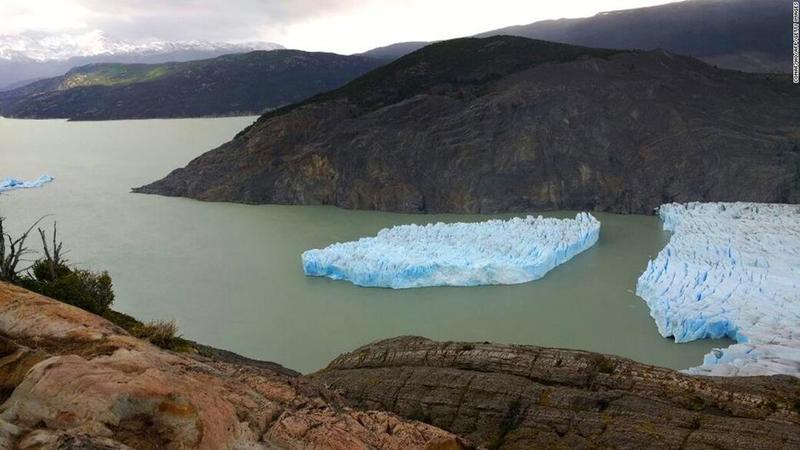
The glaciers are melting and shrinking, and it’s not small pieces either. In 2019, two icebergs equal to the size of 12 soccer fields split off a thousand-year-old glacier. Scientists believe heavy rainfall and higher temperatures are causing these marvels to diminish, and it shows no signs of stopping anytime soon.
Telouet Kasbah
Found in the Atlas Mountains of Morocco, the Telouet Kasbah was once a palace for the powerful El Glaoui family. It was developed in the 18th and 19th centuries and features Moorish architecture, ornate windows and painted ceilings, but these details won’t continue to exist for long.
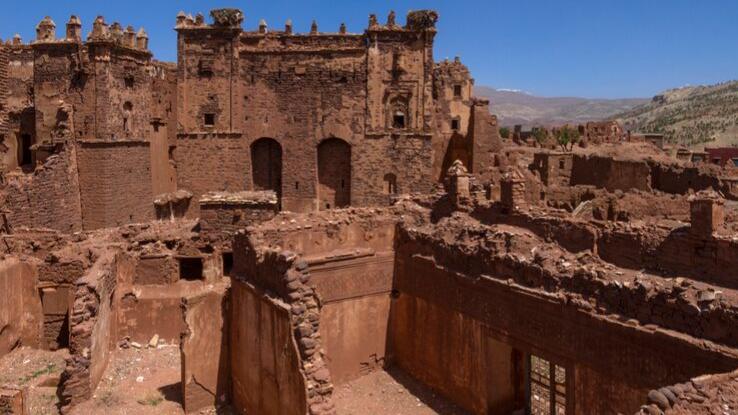
The Telouet Kasbah is crumbling and collapsing due to erosion. A small entrance fee for tourists helps save the kasbah from decay, but it’s still not enough. If no further work to restore the property continues, the mud-brick structure will completely disintegrate.
Big Sur
Located in California, Big Sur is known for its scenic highway and jaw-dropping beaches. However, Big Sur’s beautiful terrain has been weakened by landslides, droughts and forest fires. In fact, a major landslide closed a section of California’s highway in 2017. For 14 months, the state cleared 6 million tons of dirt and rock from the region.
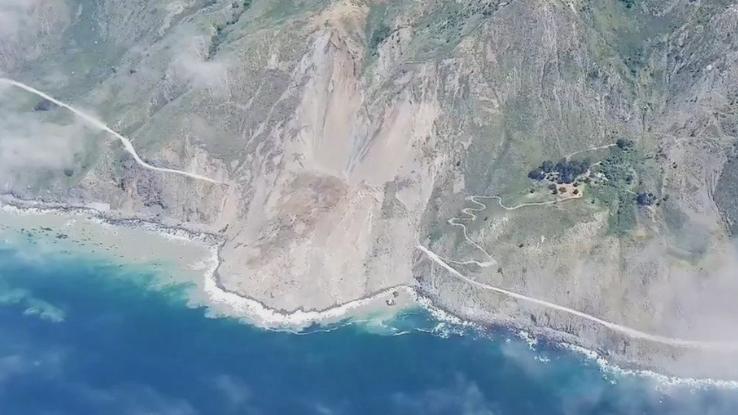
The droughts and wildfires aren’t only affecting Big Sur’s landscape; they also impact wildlife. Big Sur has always been known as a place for tourists to whale watch, but there have been fewer sightings of whales in the region in recent years.
Bolivia’s Cerro Rico Mountain (The Mountain That Eats Men)
At 13,420 feet, Potosí is one of the world’s highest cities. It’s also home to Cerro Rico Mountain, the location of a notorious silver mine. Mining has been part of the mountain’s history for hundreds of years, but it has also become a huge problem.
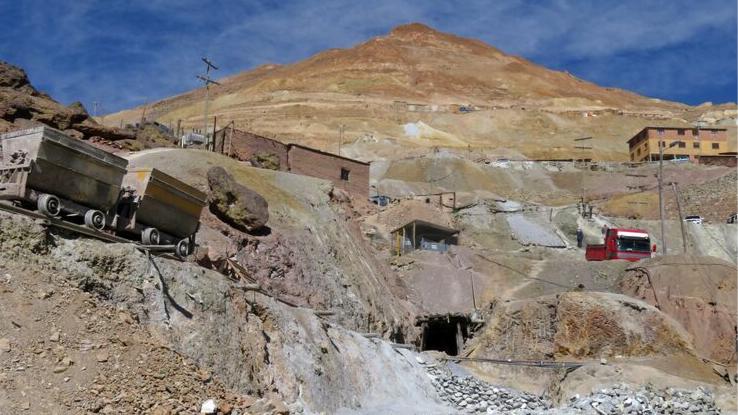
Cerro Rico Mountain earned the nickname the “mountain that eats men” due to the high number of workers dying in the mine. Now, all the mining activity has left the mountain crumbling. In 2011, a massive sinkhole appeared at Cerro Rico’s summit, putting many miners’ lives in danger.
Florida’s Everglades National Park
The Everglades is a system of wetlands and forests filled with unique animal life and 200 archaeological sites. Florida’s Everglades National Park was built to protect more than 800 species of land and water animals that live there. With so much to see, it’s no surprise that a million tourists visit the park each year.
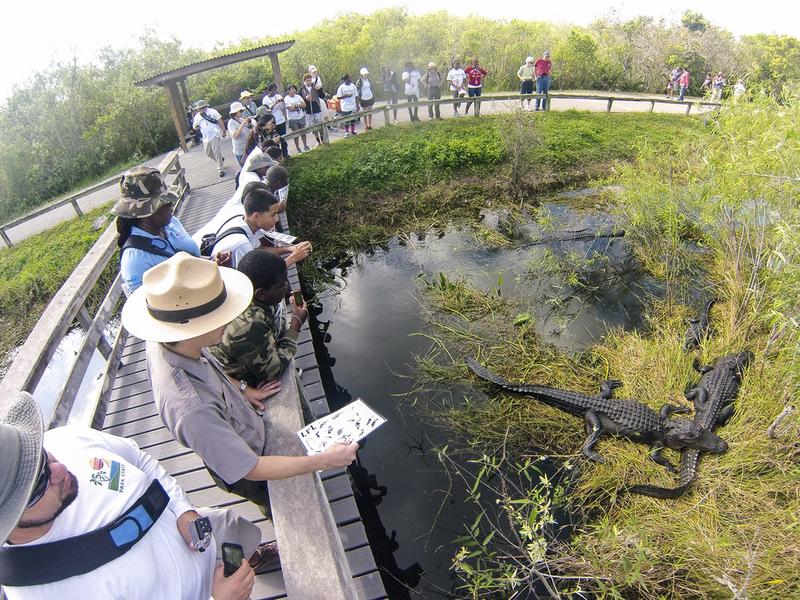
However, Everglades National Park faces many threats, including pollution and urban development, that are leading to a loss of habitat and species. The problem is so big that the UNESCO World Heritage Centre put the park on the endangered list twice (first from 1993 to 2007 and second from 2010 to the present).
Tanzania’s Mount Kilimanjaro
Ernest Hemingway made Mount Kilimanjaro famous with his short story, “The Snows of Kilimanjaro.” Found in Tanzania, Mount Kilimanjaro is a popular snow-covered summit for climbers. It also draws many scientists due to its melting glaciers and vanishing ice fields. Yikes!
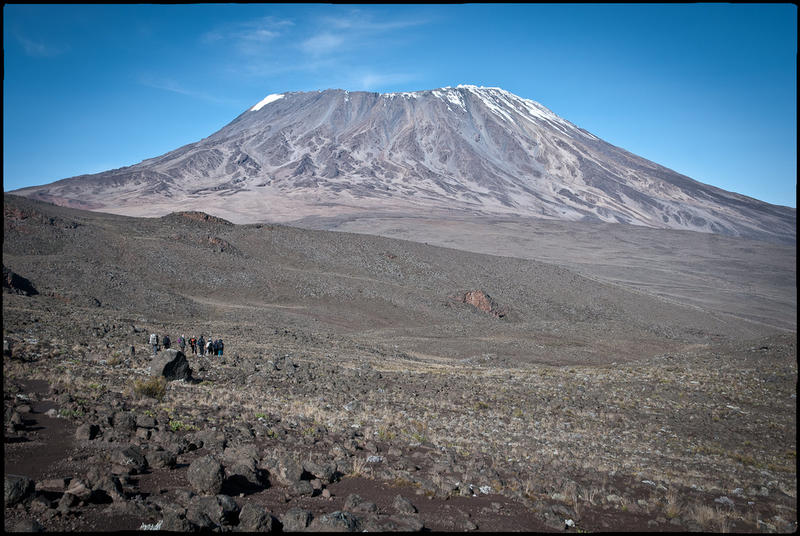
From 1912 to 2011, Mount Kilimanjaro’s ice fields shrunk by an alarming 85%. Scientists expect the ice to disappear completely as soon as 2040. Deforestation and higher temperatures are melting the ice and the glaciers on this highest point in Africa.
The North Pole
Plenty of children grow up believing Santa Claus and his magical elves live at the North Pole. In reality, the winter wonderland is home to real organisms, like polar bears and arctic foxes. Unfortunately, the North Pole’s future looks bleak.
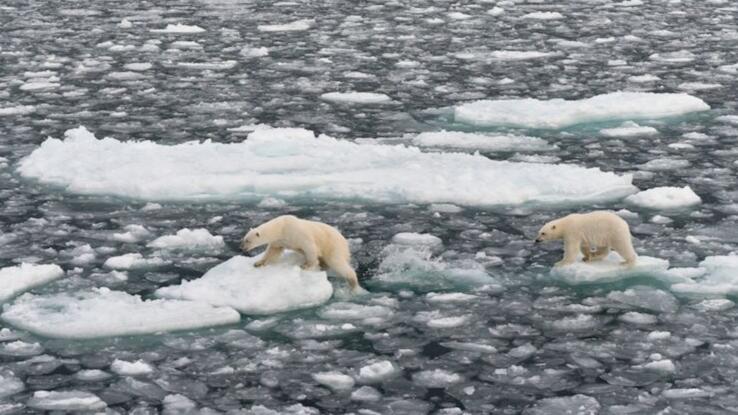
By 2040, the summer Arctic sea ice could all melt. As the North Pole heats up, its ice shrinks — at alarmingly rapid rates. That’s really bad news for polar bears that depend on the cold environment. Additionally, the mammals are also dying.
Shibam
Shibam, also called the “oldest skyscraper city” in the world, has survived since the 16th century. The Yemen city is a great, unique model of buildings higher than five stories. Modern-day skyscrapers are made using steel framework, but the ones in Shibam are made from natural elements.
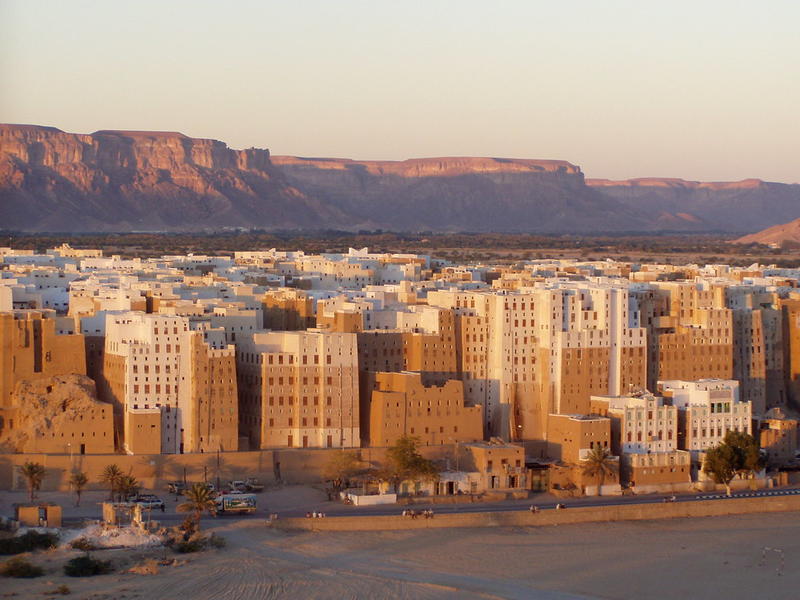
Found in the middle of a desert, Shibam’s buildings are built with mud bricks. As a result, they’re constantly vulnerable to wind, rain and heat erosion. A tropical cyclone flooded the city in 2008 and almost collapsed the towers. Talk about a close call.
Stonehenge
Standing on the plains of Wiltshire, England, Stonehenge is one of the world’s most famous monuments. The iconic structure is made of massive upright stones and stone arches that form a circle. Scientists don’t know exactly who built it — some people like to believe aliens, the devil or glaciers created it. That’s another story.
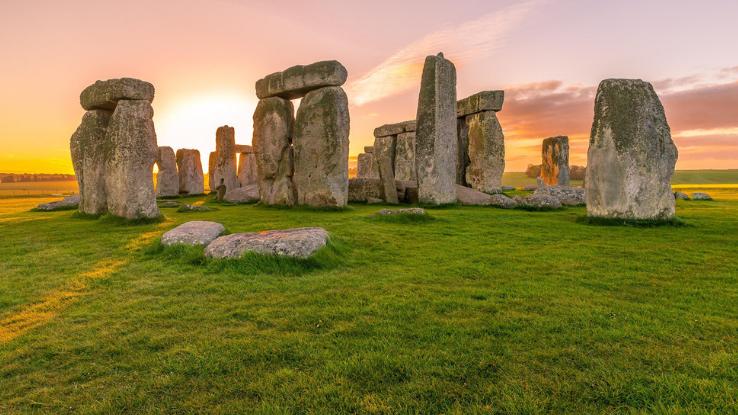
In the 1970s, Stonehenge was roped off to prevent further rapid erosion from constant human touch. However, the 5,000-year-old monument has remained susceptible to natural erosion, and that’s not its only threat. Some researchers believe engineers working on a new tunnel under Stonehenge will damage the iconic site.
The Swiss Alps
The Swiss Alps are heating up, and they’re definitely suffering from the harmful effects. At a lower altitude than other mountain ranges, the glaciers on the Alps have been melting for more than 150 years. In the 1980s, the accelerated retreat rate jumped significantly.
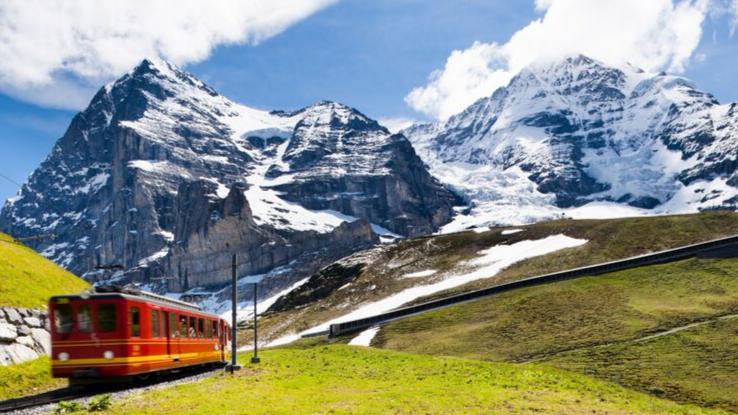
Each year, the Alps lose about 3% of their glacial ice, and scientists predict there might not be any more glaciers by 2050. That’s terrible news for hikers and winter athletes. Some of the world’s best slopes for winter sports may soon be gone forever.
The Door to Hell
The Door to Hell, also known as the Darvaza gas crater, is one of Earth’s spookiest places. The burning hole sits in the middle of the Karakum Desert, but it wasn’t always blazing. In fact, it was a regular field that collapsed into an underground cavern after workers hit a natural gas pocket.
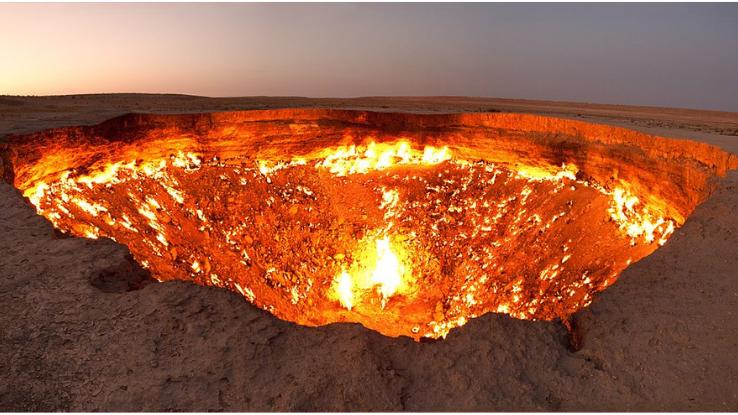
The workers lit the pit to burn off the dangerous methane gas, thinking the fire would only last for a few weeks. They were wrong. The “Gates of Hell” have burned for more than 40 years. However, the President of Turkmenistan, Gurbanguly Berdimuhamedow, wants to close the hole soon. Maybe the fiery pit spooks him too?
The Sundarbans
Spanning 4,000 miles, the Sundarbans region consists of land and water in the Ganges Delta of Bangladesh. The area is home to the largest mangrove forest on the planet. Many endangered species live in the Sundarbans, including Royal Bengal tigers, Gangetic dolphins and ground turtles.
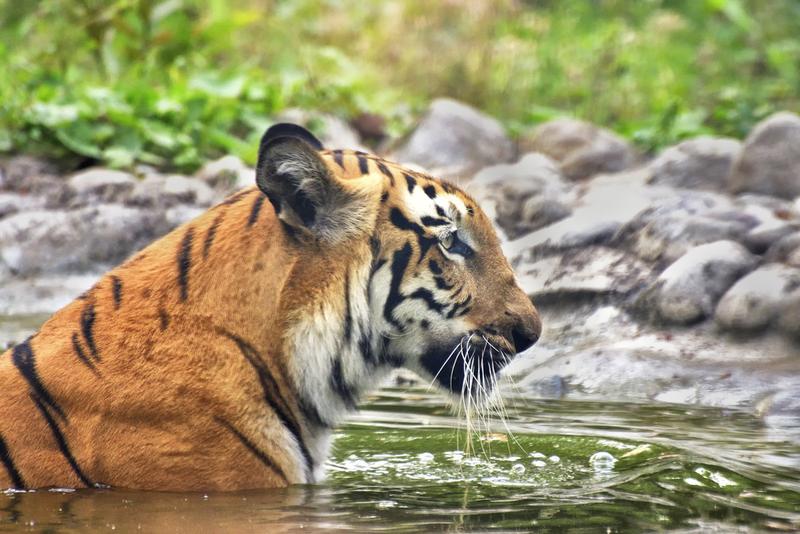
In Bengali, Sundarbans means “beautiful forest,” but it doesn’t live up to its name due to constant dangers. Deforestation, pollution and fossil fuel projects have caused rising ocean waters and the erosion of the area’s coastline. The beautiful forest and its creatures are slowly drowning.
Mali’s Mosque of Timbuktu
Located in Mali, the Djinguereber Mosque is also known as the great mosque of Timbuktu. It became legally protected by the UNESCO World Heritage Centre in 1998. However, no one can save the mosque from the rising temperatures and heavy rainfall that weaken it everyday.
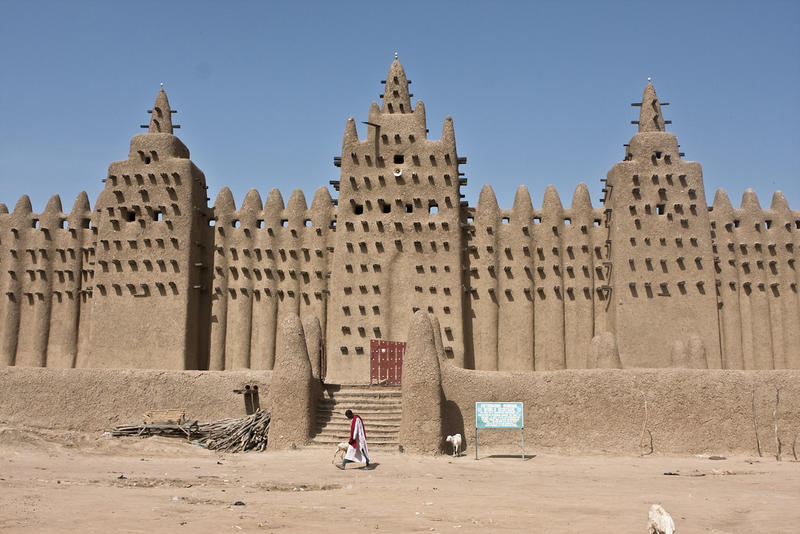
Built in the 1300s, the mosque of Timbuktu is made of Earth’s elements: mud and limestone. As a result, it’s extremely susceptible to natural damage. The site also faces another threat: humans. In 2012, terrorists attacked the mosque, damaging some parts of the structure. Will this ancient building turn to dust soon?
Joshua Tree National Park
Near Palm Springs and San Bernardino, Joshua Tree National Park is a California treasure. The Joshua trees in the park are native to the Mojave Desert, but in recent years, rain has been a stranger to the desert, and it’s only getting worse.
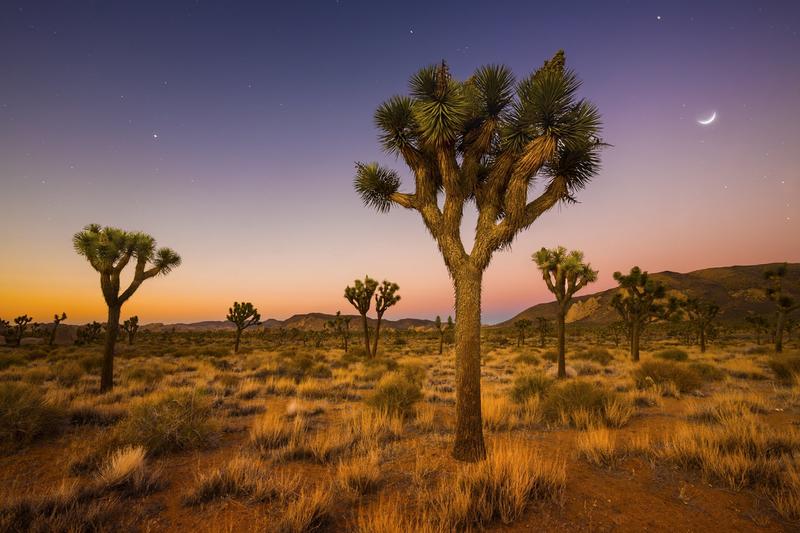
Joshua Tree National Park has suffered during severe droughts. The plants desperately need water. Rising temperatures and a loss of groundwater are creating serious problems for them. Sadly, the trees can’t reproduce in these drier,warmer conditions. As a result, they will eventually die.
The Galápagos Islands
Some people say Charles Darwin’s famous study on Ecuador’s Galápagos Islands was both a blessing and a curse. His work led to important theories on evolution and natural selection. However, with such a rich history and a large number of endemic species, how could tourists resist visiting the islands?

They couldn’t. In fact, tourism for the Galápagos Islands boomed in the 1950s, with 1,800 tourists visiting the site per year. It continues to grow, with the number now swelling to 224,755 tourists per year. You can bet the islands have felt the negative effects of that many people. Overtourism is killing the ecosystem and native species. Some people believe the islands should only be admired from afar, but if you do visit, be sure to respect the animals and their habitat.





